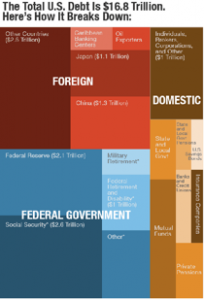 As emerging markets like India and Brazil continue to grow, more and more of their citizens will enter the middle class. This relatively untapped consumer group presents plenty of lucrative opportunities for companies across the globe. However, finding the right products to sell to this expanding class is not so simple, even for companies operating in their home countries. For instance, Tata Motors launched its ultra-cheap Nano model as an introductory vehicle for Indian consumers. But with a price tag Continue reading
As emerging markets like India and Brazil continue to grow, more and more of their citizens will enter the middle class. This relatively untapped consumer group presents plenty of lucrative opportunities for companies across the globe. However, finding the right products to sell to this expanding class is not so simple, even for companies operating in their home countries. For instance, Tata Motors launched its ultra-cheap Nano model as an introductory vehicle for Indian consumers. But with a price tag Continue reading








